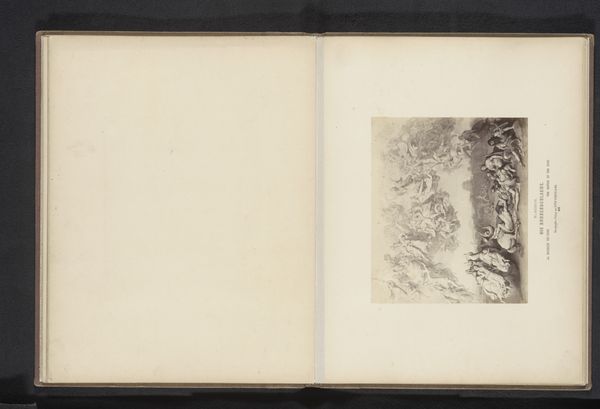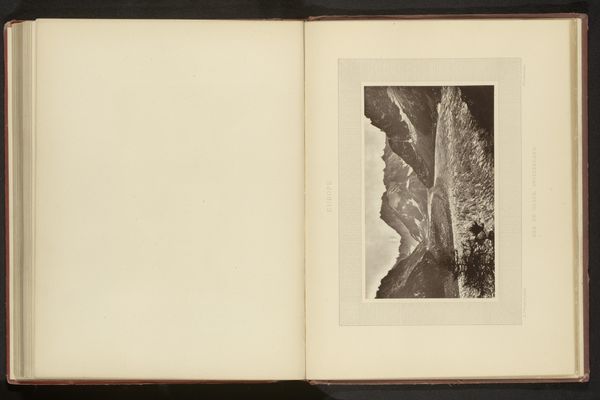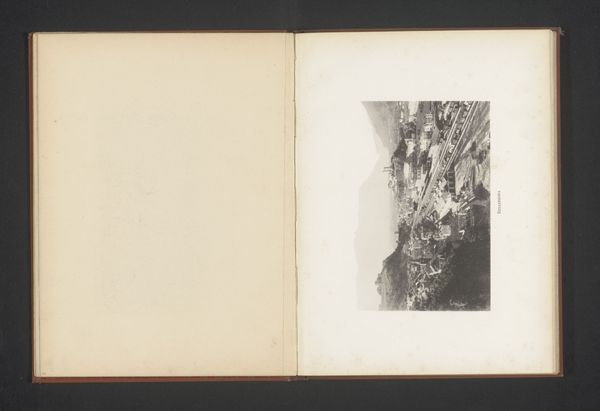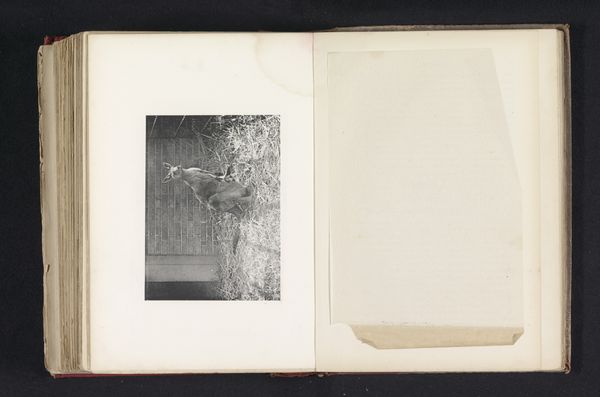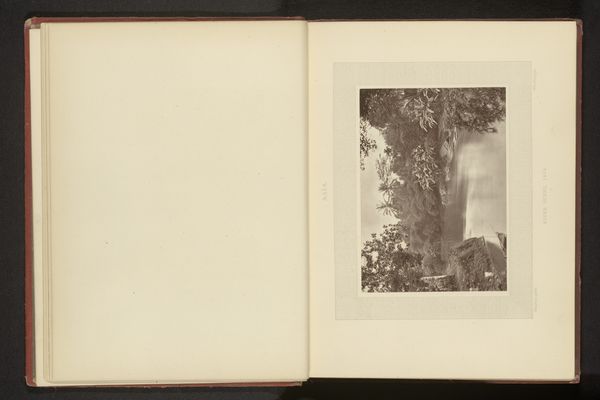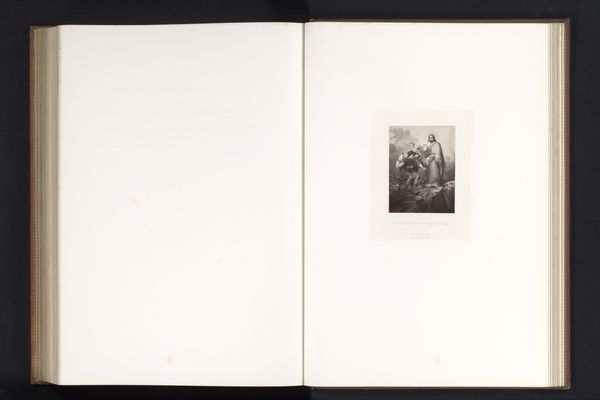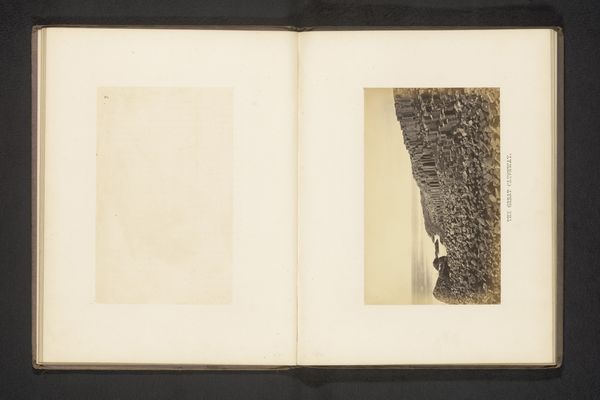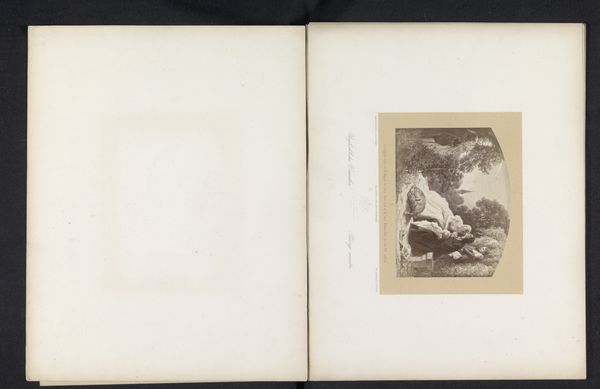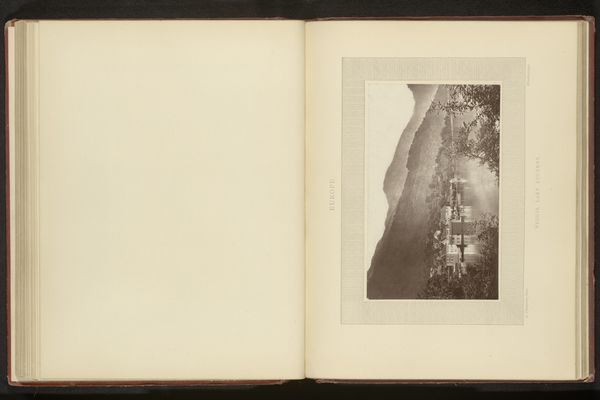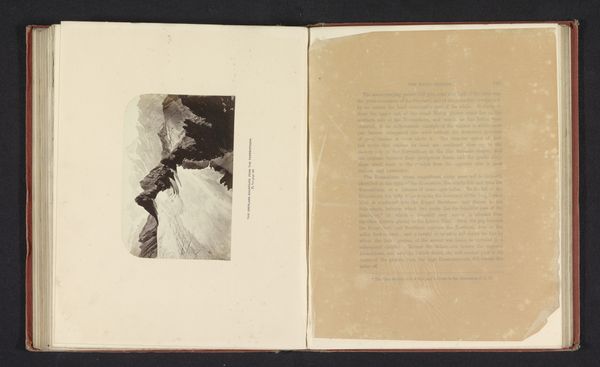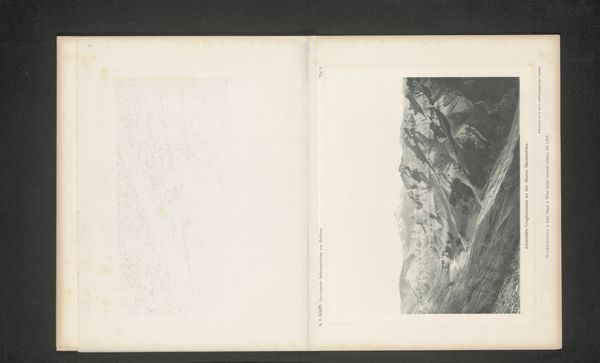
photography, gelatin-silver-print, albumen-print
#
landscape
#
river
#
photography
#
gelatin-silver-print
#
hudson-river-school
#
albumen-print
#
realism
Dimensions: height 119 mm, width 159 mm
Copyright: Rijks Museum: Open Domain
Curator: The moment I saw this photograph, I felt the still hush of morning settling around me. It's so serene. Editor: Well, it’s titled "Gezicht op de Merced in de Yosemite Valley te Californië," which, loosely translated, means "View of the Merced River in Yosemite Valley, California." It’s an albumen print, probably made before 1875 by Thomas Houseworth. Seeing it now, I'm thinking about the visual politics of early landscape photography in the American West. Curator: Visual politics? It looks so untroubled, like something Ansel Adams might have dreamed up. It's that stillness, that sense of nature undisturbed... Editor: That’s precisely it! These images, consciously or not, participated in a broader narrative of Manifest Destiny. Here's this "untouched" landscape, ripe for the taking, erasing Indigenous presence and claims. Curator: So, these tranquil scenes, even unintentionally, fueled colonial narratives? Even the play of light on the water seems...loaded. I am guilty of falling in love with aesthetics! Editor: Exactly! What strikes you as beautiful might reinforce power dynamics. The framing, the composition, the very act of documentation contributed to an idea of the West as a limitless resource, devoid of prior ownership. It also places emphasis on a grand narrative and disregards those whose reality may have been far from that. Curator: So it’s the *absence* in this image that speaks loudest. The ghost of what was actively being suppressed as the west was "won". The pristine vista…at such a violent cost. It's funny; something so pretty is just, haunted. Editor: Perhaps a haunting we need to keep acknowledging as we continue to grapple with these histories and consider our own relationship to landscape and representation. Curator: This has deepened my viewing; that a simple landscape holds all these histories, beautiful and burdened. I feel a need to do more looking! Editor: Indeed. This image encapsulates so much, then and now. It calls on us to interrogate what we see, how we see, and for whose benefit.
Comments
No comments
Be the first to comment and join the conversation on the ultimate creative platform.
